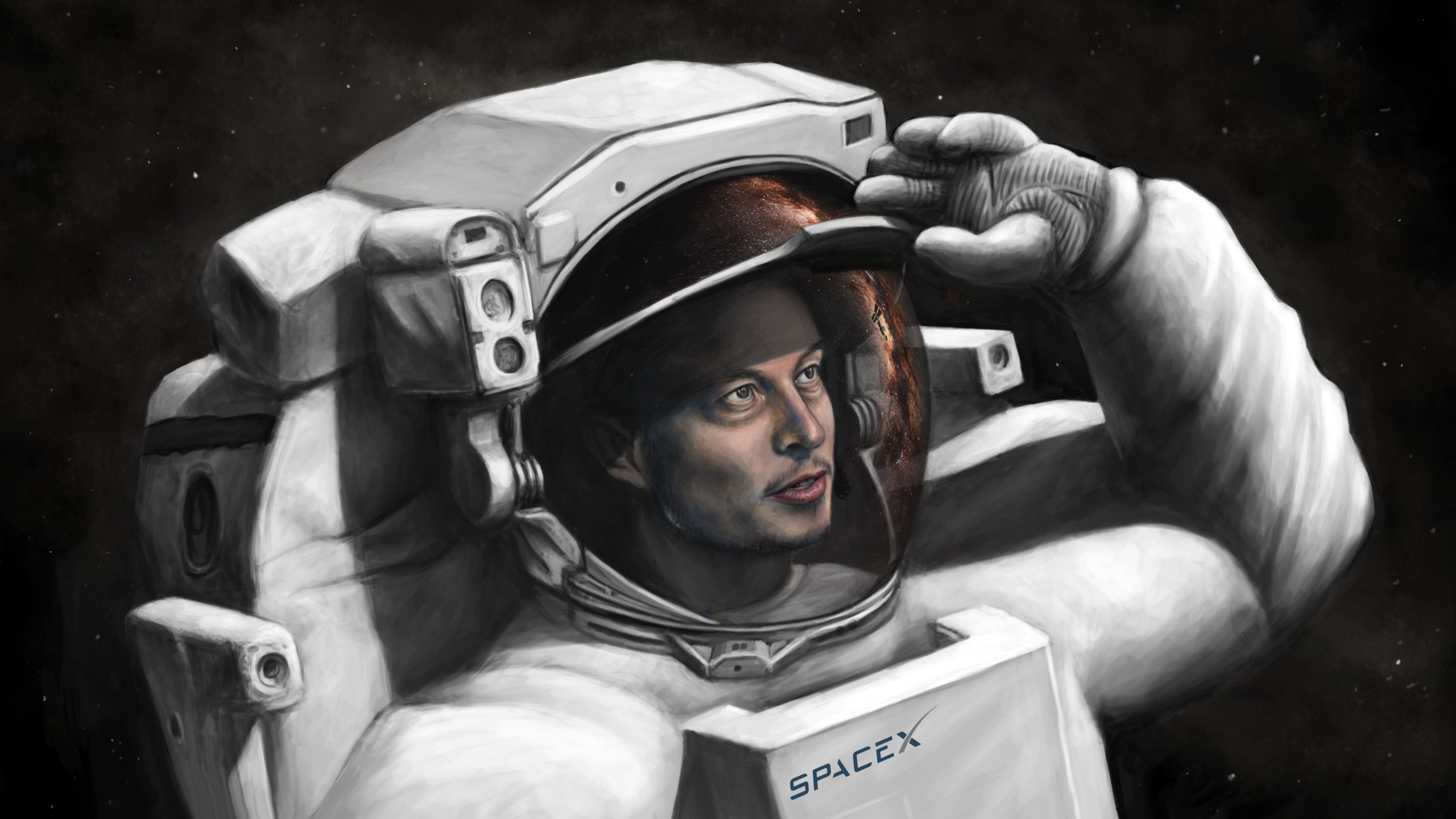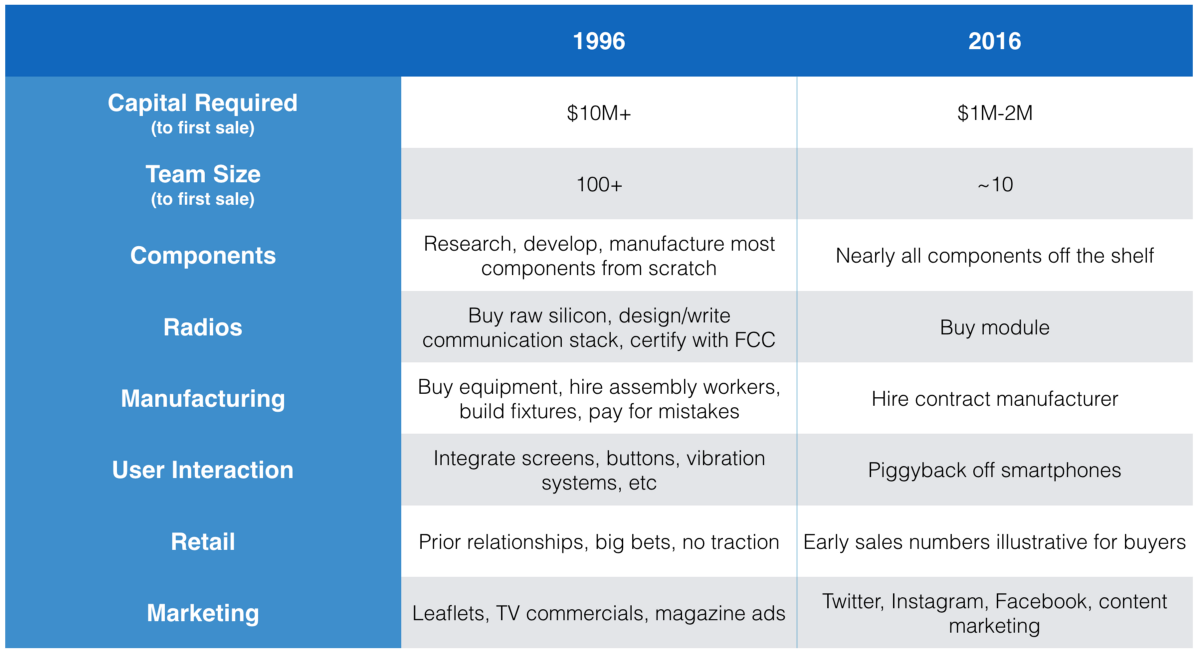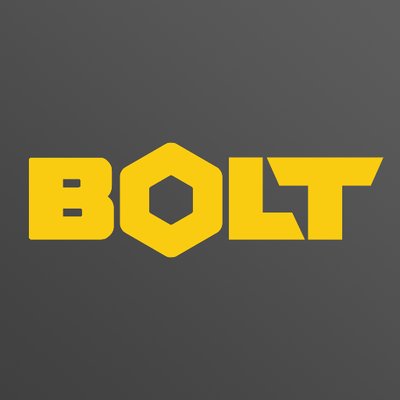
I hear the phrase “hardware is hard” dozens of times a week. Repeating this cliche misses both the point and the opportunity. If we want to live in a world of autonomous cars, consumer space travel, and a green energy grid (I know I do) we have to stop defining hardware by its difficulties. The truth is, it has never been easier to start a hardware company. Why is this phrase so common?
Hardware Myths
When you drill down into why people say “hardware is hard” you find a handful of platitudes that lack nuance:
- Hardware requires more capital
In the very earliest stages this is often true. Building the first saleable hardware unit usually takes more capital than shipping software. However, hardware companies often requires less capital to get to significant scale. Both Fitbit and GoPro went public while significantly profitable, having raised only $77M and $90M respectively from VCs (excluding capital from CMs). This is far fewer VC dollars raised than the average SaaS IPO. - Hardware takes longer
Hardware usually takes more time in the beginning but less time in the end. Shipping hardware to your first customer can take 18–24 months, but selling to the next many thousand goes quite quickly. Fitbit scaled from $0 to $1.9B in revenue in 7 years. Very few SaaS companies scale that quickly. Tomasz Tunguz has good SaaS IPO tracking data here for comparison (SaaS public revenue average at 7 years is ~$90M). - Hardware is less profitable
This was true when hardware products were dumb pieces of plastic. As hardware companies increasingly adopt software-like business models it’s more common to see 45%+ gross margin businesses (the likes of GoPro, Fitbit, Dropcam, etc) and much higher on the subscription or data storage product.
Easier and Easier
In the late 90s it was hard to start a web company. Building a prototype required many millions of dollars. Servers had to be bought, provisioned, and maintained. Full web stacks had to be written largely from scratch. Databases were expensive and slow. Today, most of this complexity has been replaced by services which abstract that difficulty. As difficulty plummeted, websites became commonplace and competitive advantages and network effects became more important than technology. The same thing is happening with hardware today.

In the late 1990’s, building a hardware company was a herculean feat. Components had to be designed from scratch. Firmware engineers spent months writing low-level code to control silicon. Communication stacks were written from the ground-up. Assembly lines were built by buying capital equipment and hiring workers. Distribution was dependent on retailers buying your first 5k units without any prior sales traction.
Today, the story is different. No longer do hardware startups spend months writing communication stacks for radios. They simply drop-in a $5 pre-certified radio module with most of the functionality already in place. Need to build 10k units/month? Hire a contract manufacturer. Similar to software, many of the hardest technical problems have been abstracted away. As starting a hardware company has gotten easier, more people have done so and competitive advantage/barriers to entry are today’s hard problems.
“Hardware is Different”
As software has shown us, technical abstraction is not the end of the story, it’s the beginning. The “hard” part of any sector changes as old problems (like technology) are solved and new problems appear (like network effects and regulatory hurdles). The key is to recognize what you don’t know and get support from experts that have been there and done that.
However, the fundamental difficulties of building any disruptive company remain the same: team, market dynamics, distribution, and marketing. These are the problems that unite all companies trying to build value in the world, whether it be software, hardware, or otherwise. When it comes to hardware startups, we are in the early days of what’s possible, and the truth is, it’s never been easier.
Ben Einstein was one of the founders of Bolt. You can find him on LinkedIn.
Bolt invests at the intersection of the digital and physical world.
